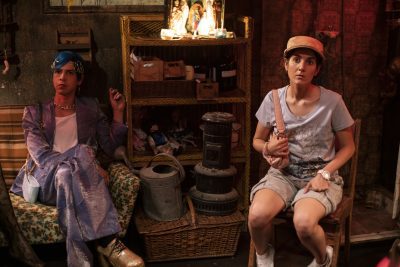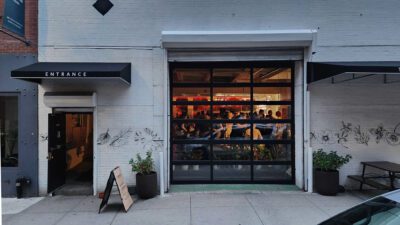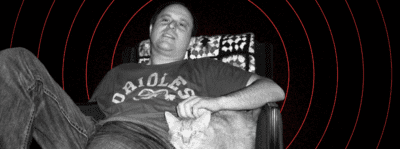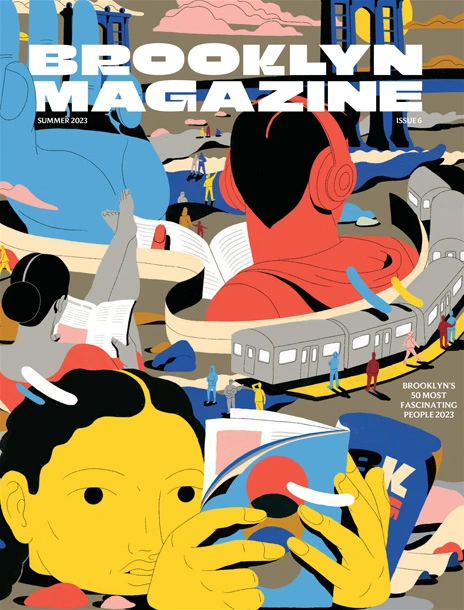“Hey, Beautiful”: On the Racist and Classist Implications of the Catcalling Video
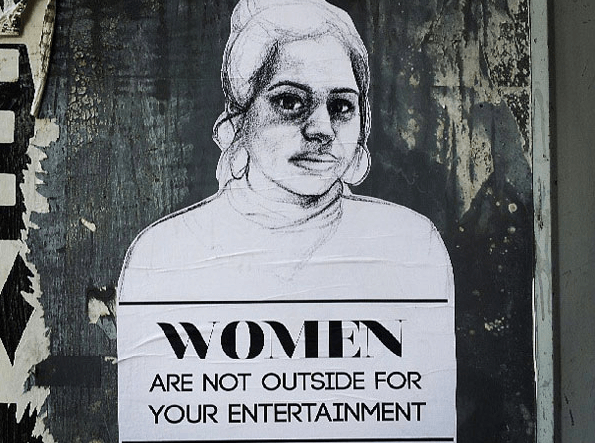

Street art by Tatyana Fazlalizadeh
Yesterday, a video went viral on the Internet. The video was of a woman, Shoshana Roberts, who spent the day walking through Manhattan, during which time she experienced over 100 instances of catcalling. Released by the anti-street harassment start-up Hollaback!, the video was the idea of Rob Bliss, of Rob Bliss Creative, who “was inspired by his girlfriend—who gets street harassed all the time ” to make the PSA. Watch the video. See if you can make it through without squirming in discomfort at and unwelcome recognition of the relentless onslaught of commentary that Roberts faces. I couldn’t. It’s easy to understand what made so many women (and some men) laud the video as essential viewing and as a reminder of what it is that women have to deal with on a daily basis. Simply put, street harassment is most definitely a real issue that countless women experience and suffer through. And yet, despite its popularity, this video actually winds up raising issues that are just as troubling and insidious as the one it attempts to address.
The fact that the video chooses to showcase the experience of a white woman experiencing harassment almost exclusively at the hands of black and Latino men is a pretty clear indication of who the audience for this video is supposed to be, namely, those who seek to protect and defend innocent white women, aka the already existing societal power structure. It’s no coincidence that Roberts is presented in the video as being explicitly not responsible for the attacks on her because she’s not wearing “provocative” clothes and she doesn’t respond to any of the verbal assaults thrown at her. The clear implication here is that Roberts is just an innocent woman who doesn’t deserve these catcalls, thus suggesting that there are some women who, because of the way they dress or because of the way they respond, could be thought to be asking for it. Roberts is, in a sense, the ideal victim, the one we love to rally behind. Not only is she not asking for all these catcalls, but in case you had any doubts that she definitely doesn’t want to be approached, it is made clear that Roberts has a boyfriend who is filming her because he too wants to protect her from… whom exactly? Oh, multitudes of anonymous black and Latino men? How gallant of him. How evocative of countless other examples of men wanting to protect the safety of white women.
I’m not dismissing how disturbing catcalling can be. I’ve experienced it extensively, as has literally every other woman I know. I’ve experienced it walking down the street alone at night, all dressed up to go out on a date. I’ve experienced while I was walking in the park, pushing my son in his stroller. It’s an invasion and part of a larger systemic problem, and I’m not attempting to invalidate when it happens to straight white women like me. But. But! As even Hollaback! admits:
Street harassment disproportionately impacts women, people of color, LGBTQ individuals, and young people. Although the degree to which Shoshana gets harassed is shocking — the reality is that the harassment that people of color and LGBTQ individuals face is oftentimes more severe and more likely to escalate into violence. These forms of harassment are not just sexist — but also racist and homophobic in nature.
Hollaback continues to caution that street harassment is “not a ‘cultural’ thing, perpetrated mostly by men of color” but is rather a “‘cultural’ thing in the sense that it emerges from a culture of sexism—and unfortunately—that is everyone’s culture.” Even Roberts herself admits, “I’m harassed by white men, black men, latino men. Not a day goes by when I don’t experience this.”
And yet, despite the acknowledgement that street harassment primarily affects people other than straight white women, and that the perpetrators are not limited to one racial group or one socio-economic class, the video helps to perpetuate the long-held, erroneous belief that harassment mostly takes the form of white women being bothered by “low class” men of color. Why? Well, maybe—just maybe—this has to do with the fact that, through this video, Hollaback is soliciting viewers for donations, and is thus counting on the outrage of people with money, i.e. people who have disposable income and a certain place in the pre-existing power structure which has no problem with the ongoing propagation of the myth of the white woman as the ur-victim.
The problem isn’t just that this video exists, it’s also that there’s no video of what more typical street harassment actually looks like, which is probably because a transwoman of color being harassed might not be as much of a donation getter as the video of Roberts. This morning, Ayesha Siddiqi, editor-in-chief of The New Inquiry, tweeted extensively about her problems with the video, and wrote: “a white woman filming & shaming black men for saying hi to her are you sure your gender equality doesnt look a lot like class+race anxiety,” going on to say, “the reason rape statistics are so high in this country is bc of the disproportionate lvl of violence against women of color.” Siddiqi also issued this reminder: “white women yr protection has always been the available guise for policing men of color here+abroad be careful how yr deploying yourselves;” and tweeted: “women of color let’s make videos of what it’s like walking thru crowds of drunk white guys at sporting events/st Patrick’s day/frat events.”
Siddiqi is well aware, though, of the fact that such a video, one in which aggressive white men are the villains, is never going to get the same response as the one in which minority men are cast as the bad guys. Need proof? Look at the media coverage of the New Hampshire pumpkin festival riots and compare it to the coverage of the Ferguson protests following the killing of Mike Brown. The thing is, when minority men are the aggressors, we start to hear people talking about how to solve problems, as if the behavior of these men are simply aberrations that can be erased by whatever means necessary (including, apparently, donating to a website). But when white men are the aggressors? Well, then, admitting that they are a problem would be admitting that our society has a problem and that there are bigger changes that need to be made that would involve real and profound work. And who wants to do that? Especially when so many of us benefit from the society as it is already?
The problem with this video is that even though it claims to speak for the experience of all women, the women who are disproportionately affected by street harassment are nowhere to be seen. If this video had featured a woman of color, one who belonged to the LGBTQ community, there would have been a better representation of what the most common victims of harassment actually face. But who knows if a video like that would have garnered as much sympathy, or as many donations? Well, Hollaback probably knows, which is exactly why they endorsed this white-washed version rather than depicting a day in the life of someone who is far more likely to be victimized.
Follow Kristin Iversen on twitter @kmiversen
You might also like 














